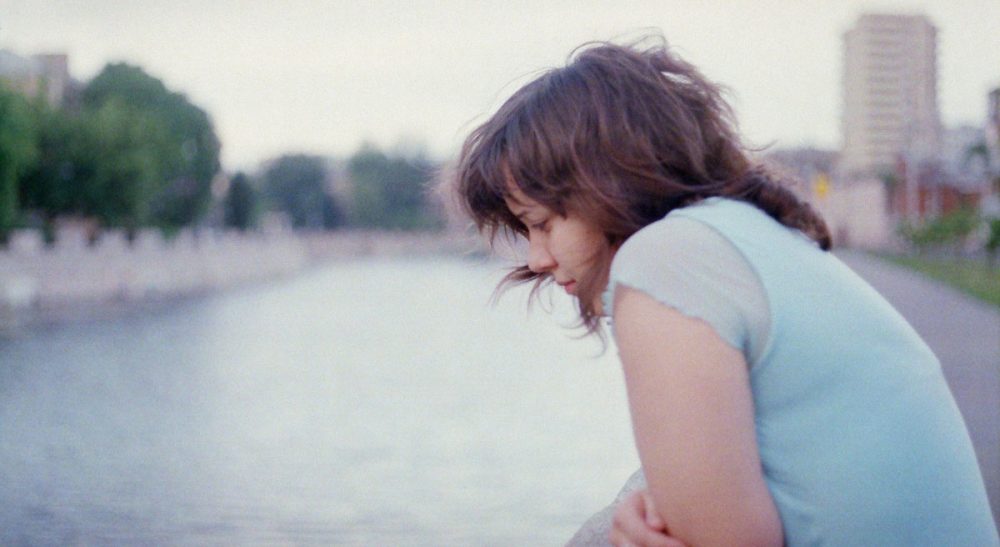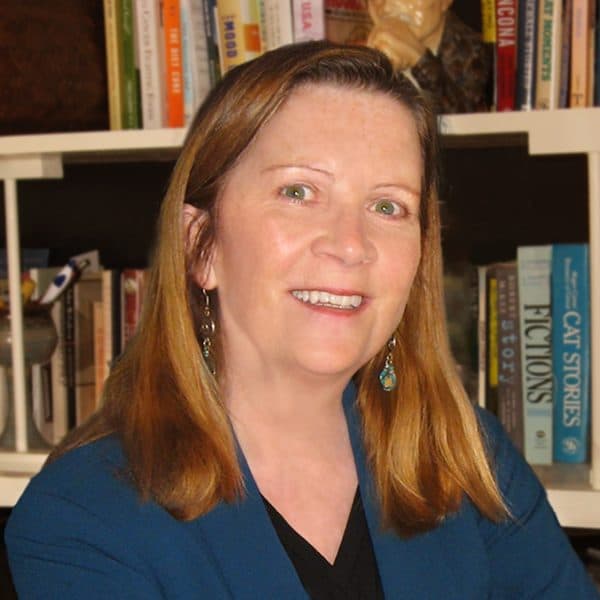Advertisement
Not Ready To Be A Mother: Young, Uninsured And New To America

There’s a YouTube video that’s been watched almost 1,600,000 times. It’s not kittens doing pat-a-cake, or a comic dropping f-bombs, or a toddler lip-synching to Justin Bieber. It’s ordinary people in a large American hospital.
Created by the Cleveland Clinic, the empathy video features sick people, sad people, old, young, smiley and stoic folks who ride the escalator, hobble or walk the tiled halls. There’s no dialogue. No hospital intercoms. Above some of the characters’ heads appears a graphic that tells us what’s on their minds or in their hearts.
Twenty-seven years ago, I was that young woman striding along a sidewalk toward a Planned Parenthood Clinic.
For the wheelchair-bound elderly gent: “Dreading this appointment. Fears he waited too long.”
For the middle-aged couple in the hospital cafeteria: “Son on life support.”
The young medic in the elevator: “Just found out he’s going to be a Dad.”
The same week that I watched the Cleveland Clinic’s empathy video, I turned on the news to discover that the U. S. Supreme Court had ruled that 35-foot buffer zones around Massachusetts abortion clinics violate the free speech rights of anti-abortion advocates.
Twenty-four hours later, I saw a photo of two women on the sidewalk outside Planned Parenthood on Commonwealth Avenue in Boston. One is younger and walking away from the clinic. The other, older, brandishes a right-to-life placard. She is standing inside the buffer zone’s yellow lines.
Looking at the photo, I conjured my own set of thought bubbles above each woman’s head.
For the younger woman: “Health status has changed, so wants to discuss a new birth control method.” Or, “Husband laid off. Cannot afford a third child.” Or, “Pregnant by date rape. Seeks counseling about an early-term abortion.”
For the older woman: “If this woman were not ashamed, she’d look me in the eye.” Or, “She just walks in and out of there, without a thought or a tear.” Or, “I wish the others would get here. We’ve won!”
Of course, whatever thoughts I ascribe to these women are likely wrong. Even if I were correct, even if I possessed the clairvoyance to name a stranger’s woes, joys or worries, the one-liners couldn’t and wouldn’t begin to capture the complexity and contradictions of each woman’s life.
Twenty-seven years ago, I was that young woman striding along a sidewalk toward a Planned Parenthood Clinic. I remember: It was late spring, and as I walked, the fragrance of magnolia blossoms blended with the whiff of a nearby McDonald’s. I came from a country where reproductive health care for single women was unmentionable, and what was available was confined to the larger urban centers. So I knew how lucky I was to be heading up the wooden steps of an otherwise ordinary grey, clapboard house that looked just like all the other residences along that street. There was no sign out front heralding that it was a women’s reproductive health clinic, no painted lines delineating a zone of protest. My entry was not fraught. I was not challenged or shamed. I just pulled open the screen door and walked right in.
Here are the thought bubbles that floated above my head: “Twenty-four and clueless.” “Waitress and part-time dishwasher.” “No health insurance.”
And here’s the slightly longer narrative: “Landed in America four months ago. Trouble sleeping at night. Jittery about discussing sexual health with a stranger — or anyone.”
A softly-spoken woman with blond highlighted hair asked me questions that were so mortifying, I flushed crimson. Are you sexually active right now? One or multiple partners? What form of birth control have you used in the past?
For the paperwork, I under-reported my then-smoking and partying habits.
As myopic and unplanned as my 24-year-old life was, I knew what I didn’t want: an unplanned pregnancy in a country where “immigrant mother on welfare” is not just a label, but a stigma.
But it wasn’t the threat of stigma that put me off of having a child at that time. It was that, then as now, being a single parent on public assistance was not right for me. More, it was not right for the children who might come later, when I had a spouse and a stable job with health insurance and room enough in my home for a bassinet.
There was no sign out front heralding that it was a women’s reproductive health clinic, no painted lines delineating a zone of protest.
In any life, there are a number of bone-deep decisions: Stay with the familiar or strike out for new? Sign the DNR or watch your loved one gasping for breath? Divorce, or stay together for the children? Continue the pregnancy, or not?
Most of us make the decision that we can live with at 3 a.m., when there’s nobody looking back at us from the bathroom mirror except ourselves.
Which takes us back to that photograph of two women outside the Planned Parenthood on Commonwealth Avenue. In it, each woman does what the American government has legally allowed them: engage in free speech, or access reproductive health care.
But what the older woman’s placard reveals is that she presumes to know something that she cannot. The other thought bubble that I imagined over her head as she eyes the younger woman? "She just had an abortion. She is a murderer."
Before the credits roll, the Cleveland Clinic’s empathy video poses this question: “If you could hear what they hear, see what they see, feel what they feel, would you treat them differently?”
Would that the men and women waving signs and shouting at women entering and leaving abortion clinics asked themselves the same question.
- Cognoscenti: What The Buffer Zone Meant To Me
- Cognoscenti: Before The Buffer Zone
- CommonHealth: Buffer Zone Ruling Aftermath: Street Scene At Clinic, New Bill Filed
